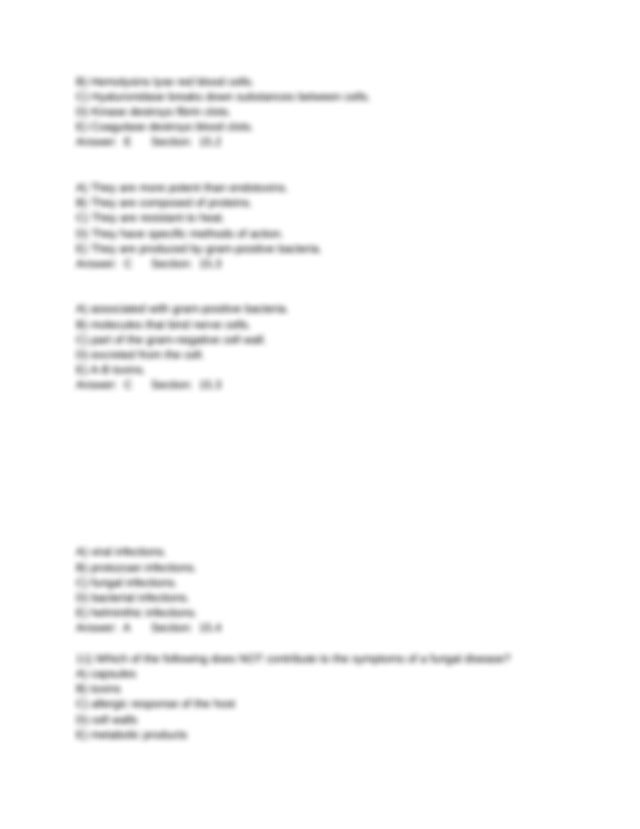Bloodstream Infections
Sepsis-inflicting micro organism develop and proliferate in a certain range of respiratory activity. Growth inhibition from bacteriostatic antibiotics is related to suppressed mobile respiration whereas cell dying from most bactericidal antibiotics is related to accelerated respiration . In case of simultaneous motion of bactericidal and bacteriostatic antibiotics, respiration deceleration supplies bacterial survival. Suppression of cellular respiration by the bacteriostatic antibiotic is the dominant impact that blocks pathogen killing .
Most pathogenic bacteria multiply in tissue fluids and never in host cells. Bacterial infectivity results from a disturbance in the balance between bacterial virulence and host resistance. The “goal” of bacteria is to multiply somewhat than to trigger illness; it’s in the most effective interest of the micro organism not to kill the host. Bacteria that cause periodontal disease have adhesins for receptors on streptococci that colonize on teeth.
Particular Virulence Components
burgdorferi can differ so much that antibodies towards previous VlsE sequences are not efficient. It is believed that this variation in the VlsE contributes to the flexibility B. Another necessary human bacterial pathogen that makes use of antigenic variation to avoid the immune system is Neisseria gonorrhoeae, which causes the sexually transmitted disease gonorrhea.

Exopolymer shielding and the absence of bacterial wall (bacterial L-type) forestall triboelectric charging and they don’t seem to be attracted and killed on the floor of erythrocytes. L-type micro organism are inactive within the bloodstream. A major focus of infection and/or metastatic foci might turn out to be an extended-term source of bacteremia resistant to antibacterial medications. Intracellular invasion occurs when a microbe really penetrates the cells of a number tissue and survives inside this surroundings.
Host Susceptibility
“Device for removing bacterial toxins from blood or plasma, useful for treating sepsis, also for evaluation and analysis, includes hole fiber material for selective binding of the toxins”. Bacteria removal from the bloodstream was first carried out 25 years ago . Bacteria were eliminated by matrix of micro-encapsulated albumin activated charcoal .
albicans has two iron permeases, CaFTR1 and CaFTR2. The expression of CaFRT1 is induced by iron hunger and this gene is required for iron acquisition from ferritin and transferrin (Ramanan and Wang, 2000; Almeida et al., 2009). A mutant that lacks the gene cannot trigger harm to oral epithelial cells and, as mentioned earlier, is unable to trigger systemic disease in a mouse mannequin of candidiasis . In the following sections we highlight key findings that implicate particular microbes in skin illness, however whose pathogenesis may be sophisticated by microbial neighborhood interactions and/or host-microbe interactions. The specific microbes mentioned include Staphylococcus aureus, Propionibacterium acnes, and Malassezia spp., all of that are recognized pores and skin commensals but in addition exhibit pathogenic potential underneath sure circumstances. There are different well-characterised skin pathogens that have been definitively linked to dermatological problems, however is not going to be examined in depth here.